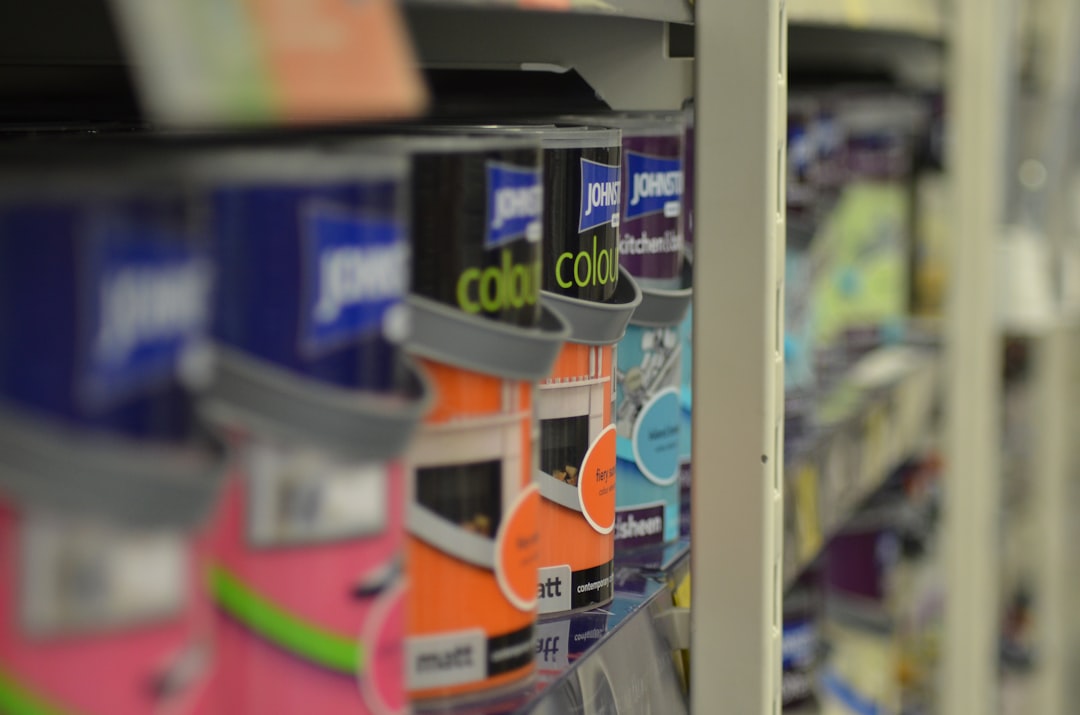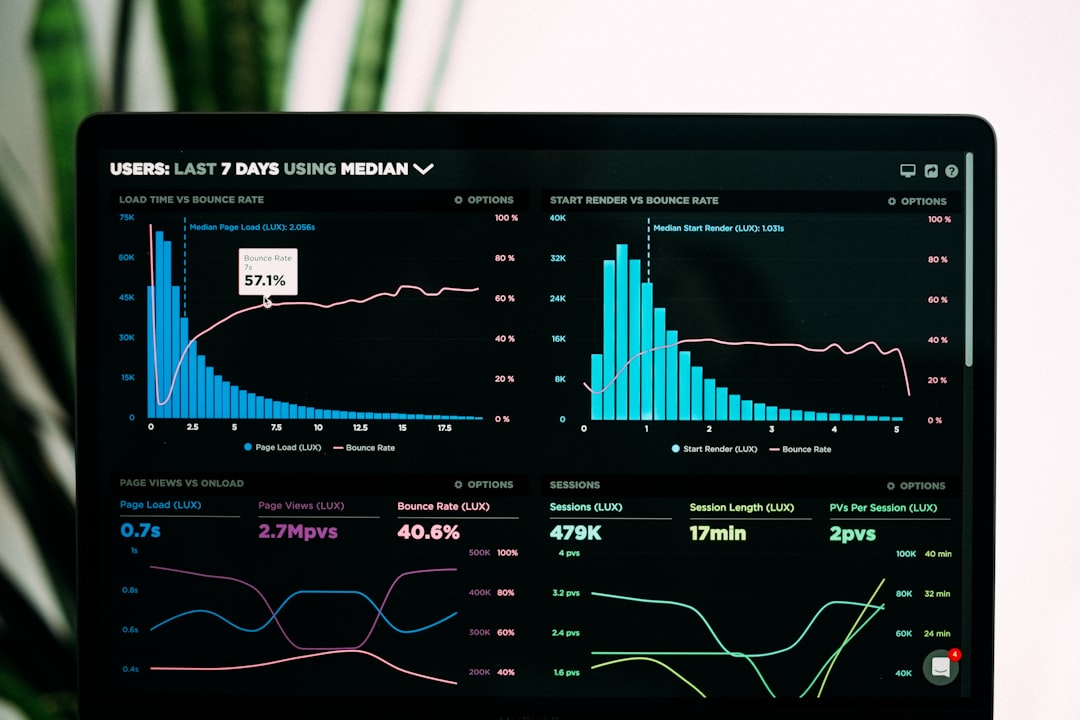Unlock encrypted content
Please enter your SSCE key to initiate on-the-fly decryption.
Decryption key: (Click cancel if you don't have the key)
Copied link to clipboard.
This feature is unavailable for free accounts. Upgrade now and enjoy all Premium benefits.
Go Premium!
This feature is unavailable for free accounts. Upgrade now and enjoy all Premium benefits.
Go Premium!
Please open this page in browser ( Google Chrome or Safari ) to use this feature.
Open In Browser
Data Transfer in 2030: A Look into the Future of Technology
Random related video for this blog.
Copied share link to clipboard.
From sharing files with colleagues to backing up important documents, we rely on technology to seamlessly transfer data. But what does the future hold for data transfer? In this article, we will explore the advancements and trends that are expected to shape the landscape of data transfer in 2030.
SSL: Securing Data Transfer
One of the key aspects of data transfer in 2030 will be the use of Secure Sockets Layer (SSL) technology. SSL provides a secure and encrypted connection between a user's device and the server they are connecting to. This ensures that any data being transferred is protected from unauthorized access or interception. SSL has already become a standard for securing sensitive information such as credit card details and personal data. In 2030, SSL will be even more prevalent, with its usage extending to all types of data transfer. Whether you are uploading a file to the cloud or sending an email attachment, SSL will ensure that your data remains private and secure.Cloud File Synchronization: Seamless Collaboration
Cloud file synchronization will play a crucial role in data transfer in 2030. With the increasing popularity of remote work and global collaboration, the need for seamless file sharing and synchronization has never been greater. Cloud storage providers like FileLu will offer advanced synchronization capabilities, allowing users to access and edit files in real-time from multiple devices. Imagine a scenario where a team of designers is working on a project. With cloud file synchronization, each team member can access the latest version of the design files, make edits, and instantly sync them across all devices. This eliminates the need for manual file transfers and ensures that everyone is working on the most up-to-date version of the project.Cyberpunk: The Future of Data Security
As technology advances, so do the threatsto data security. In the cyberpunk era of 2030, data breaches and cyberattacks will be more sophisticated than ever before. To combat these threats, data transfer will incorporate advanced security measures such as quantum encryption. Quantum encryption utilizes the principles of quantum mechanics to secure data transfer. Unlike traditional encryption methods, quantum encryption is virtually unhackable due to its reliance on quantum entanglement. This means that even if a hacker intercepts the encrypted data, they would not be able to decipher it without the correct quantum key.
Quantum Internet: Revolutionizing Data Transfer
In addition to quantum encryption, the advent of quantum internet will revolutionize data transfer in 2030. Quantum internet is a network that utilizes quantum entanglement to transmit information instantaneously over long distances. This means that data transfer speeds will be virtually instantaneous, regardless of the physical distance between the sender and receiver. Imagine uploading a large video file to the cloud and having it available for download in a matter of seconds, regardless of your location. With quantum internet, this will become a reality. The speed and efficiency of data transfer will be unparalleled, opening up new possibilities for industries such as healthcare, finance, and entertainment.Blockchain Data Storage: Decentralized and Secure
Blockchain technology, known for its association with cryptocurrencies, will also play a significant role in data transfer in 2030. Blockchain offers a decentralized and secure method of storing and transferring data. Instead of relying on a central authority or server, data is distributed across a network of computers, making it nearly impossible to tamper with or manipulate. This decentralized nature of blockchain data storage ensures that data transfer is not only secure but also transparent. Each transaction or transfer is recorded on the blockchain, creating an immutable and auditable record. This can be particularly useful in industries where data integrity and trust are paramount, such as supply chain management and healthcare.Data Access Online: Anytime, Anywhere
In 2030, data access will no longer be limited to specific devices or locations. With advancements in cloud computing services, users will be able to access their data online from anywhere in the world. Whether you are on a smartphone, tablet, or laptop, your files and documents will be readily available through cloud storage providers like FileLu. This flexibility in data access will revolutionize the way we work and collaborate. Imagine being able to access your work files, presentations, and spreadsheets from any device, without the need for physical storage devices or manual file transfers. This will not only improve productivity but also enable a seamless workflow for remote teams and digital nomads.Voice Assistants: The Future of Data Transfer
As technology continues to advance, voice assistants will become an integral part of data transfer in 2030. Voice-enabled devices such as smart speakers and smartphones will allow users to transfer data through simple voice commands. Whether it's sending an email attachment or uploading a file to the cloud, voice assistants will streamline the process, making data transfer faster and more convenient. For example, you could simply say, "Hey assistant, upload the presentation to FileLu," and the voice assistant will take care of the rest. This hands-free approach to data transfer will not only save time but also enhance accessibility for individuals with disabilities.Flexible Storage Quotas: Scalable and Affordable
In 2030, storage quotas will become more flexible and scalable, thanks to advancements in technology. Cloud storage providers like FileLu will offer a range of storage plans to cater to individual needs. Whether you require a few gigabytes or several terabytes of storage, you will be able to choose a plan that suits your requirements. With flexible storage quotas, users will have the freedom to scale their storage space as their needs change. This means that whether you are a student, a small business owner, or a large enterprise, you can easily adjust your storage capacity without breaking the bank. Conclusion: Data transfer in 2030 will be characterized by enhanced security, seamless collaboration, and revolutionary technologies. SSL, cloud file synchronization, cyberpunk encryption, quantum internet, blockchain data storage, online data access, voice assistants, and flexible storage quotas will shape the future of data transfer. These advancements will not only improve the efficiency and speed of data transfer but also enhance security and accessibility. With the right tools and technologies, users will be able to transfer and access their data anytime, anywhere, with peace of mind. Frequently Asked Questions (FAQs): Question: How does SSL technology secure data transfer? Answer: SSL technology encrypts data during transfer, ensuring that it cannot be intercepted or accessed by unauthorized parties. This provides a secure and private connection between the user's device and the server. Question: What is cloud file synchronization? Answer: Cloud file synchronization allows users to access and sync files across multiple devices in real-time. This ensures that everyone has the latest version of the files and eliminates the need for manual file transfers. Question: How does quantum encryption work? Answer: Quantum encryption utilizes quantum mechanics to secure data transfer. It relies on the principles of quantum entanglement, making it virtually unhackable due to its random and unpredictable nature. Question: What is blockchain data storage? Answer: Blockchain data storage is a decentralized and secure method of storing and transferring data. Instead of relying on a central authority, data is distributed across a network of computers, making it tamper-proof and transparent. Question: How do voice assistants facilitate data transfer? Answer: Voice assistants enable users to transfer data through simple voice commands. By using voice-enabled devices, users can send emails, upload files, and perform other data transfer tasks without manually interacting with the device. Question: How do flexible storage quotas benefit users? Answer: Flexible storage quotas allow users to choose the amount of storage they need and adjust it as their requirements change. This ensures that users only pay for the storage they actually use, making it cost-effective and scalable. For more information and to experience the future of data transfer, visit FileLu.By Amelia Isabella
Email: [email protected]
Related
Effortless File Management with Automated Retention Policies and Cloud Storage...
May 31, 2023
Read More
Effortless File Organization and Advanced Metadata Management for Seamless Cloud...
May 31, 2023
Read More
Efficient File Management System with Multi-Factor Authentication, Simple Setup and...
May 31, 2023
Read More
Efficient Data Transfer and Advanced Uploading Tools for Collaborative Video...
May 31, 2023
Read More
Mobile App Integration, Cryptocurrency, and Augmented Reality: The Future of...
May 31, 2023
Read More
Data Analytics, Cloud Infrastructure, and Quantum Encryption: The Future of...
May 31, 2023
Read More
Maximizing Cybersecurity with File Retention, Server Side Encryption, and Advanced...
May 31, 2023
Read More
Popular
Latest
The Future of Digital Transformation: Exploring Smart Homes, Efficient File...
November 30, 2025
Read More
Exploring the Benefits of Cloud Storage and Innovative Technologies in...
November 26, 2025
Read More
The Future of Technology: Exploring Biohacking, Space Tourism, and Digital...
November 23, 2025
Read More
The Future of File Sharing: Streamlined Workflows for Photographers and...
November 19, 2025
Read More
Exploring the Intersection of Technology: From Cybersecurity to Augmented Reality...
November 16, 2025
Read More
The Future of File Management: Embracing Edge Computing and Efficient...
November 12, 2025
Read More
The Future of File Sharing: Exploring User-Friendly Solutions and Data...
November 5, 2025
Read More
The Future of Cloud Storage: How FileLu Empowers Creative Professionals...
November 2, 2025
Read More
The Future of Autonomous Technologies: Innovations in Robotics, File Sharing,...
October 29, 2025
Read More
Emerging Technologies Revolutionizing File Management: From Li-Fi to Robust Collaboration...
October 26, 2025
Read More
Emerging Technologies: Exploring the Impact of File Access Auditing, Genetic...
October 19, 2025
Read More
The Future of Data Storage: Exploring Advanced Encryption, Mobile Integration,...
October 5, 2025
Read More
Exploring the Future of Data Management: Security, Efficiency, and Cognitive...
September 28, 2025
Read More
Revolutionizing Data Management: Innovations in Storage, Security, and Sustainable Technology.
September 24, 2025
Read More



















